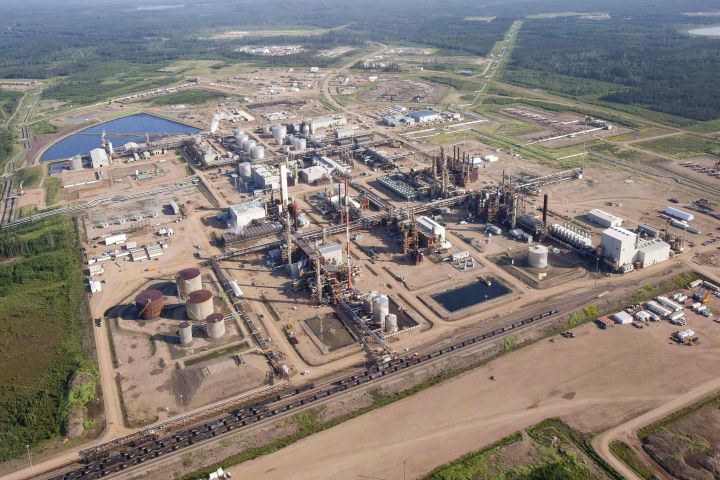While some European and U.S. companies cut their exposure to the Canadian oilsands, China’s Big Three oil giants — CNOOC, PetroChina and Sinopec — seem content to let their bets ride even if the results haven’t been spectacular.

In 2018, PetroChina produced an average of just 7,300 barrels per day of bitumen from its MacKay River thermal oilsands project, although it was designed to produce 35,000 bpd. In June, its output was about 8,700 bpd.
The Beijing-based company paid $1.9 billion in 2009 for 60 per cent interests in the proposed MacKay River and Dover oilsands projects being developed by Athabasca Oil Sands Corp. (now just Athabasca Oil Corp.), then bought out the rest of MacKay for $680 million in 2012 and Dover for $1.2 billion in 2014.
READ MORE: Foreign share of production in Alberta’s oilsands falls from 33% to 16%, analysis shows
Watch below: (From April 2017) There’s been a shift to more Canadian ownership of oilsands projects in Alberta. As Tom Vernon reports, that has some MLAs worried foreign companies are in a hurry to leave.

“MacKay River is located in an area with complex geology, which creates challenges to heat up the reservoir to get the bitumen flowing,” said spokesman Davis Sheremata in an emailed statement.
The company is drilling new wells and experimenting with various technologies to boost output, he said, adding a go-ahead for Dover has been put on hold until MacKay proves itself.
Still, “PetroChina Canada is committed to Canada for the long-term, having maintained its investments through economically challenging times.”
CNOOC produced about 71,000 bpd from the oilsands in 2018, little changed from 66,800 bpd in 2014, shortly after it spent $15.1 billion to buy Calgary’s Nexen Energy and its diverse portfolio of domestic and international assets.
“Our oilsands assets are an important part of our North American portfolio and we remain committed to our Canadian operations,” CNOOC spokesman Kyle Glennie wrote in a brief email.
READ MORE: Nexen announces $400M expansion of Alberta oilsands project
Meanwhile, Sinopec paid $4.65 billion to buy a nine per cent stake in the Syncrude oilsands mining consortium from ConocoPhillips in 2010 and its resulting production has been steady since, registering just over 27,000 bpd in 2018.
The Chinese energy majors employ “patient capital” and it seems unlikely they will leave the oilsands anytime soon, said Jia Wang, deputy director of the China Institute at the University of Alberta.



Comments